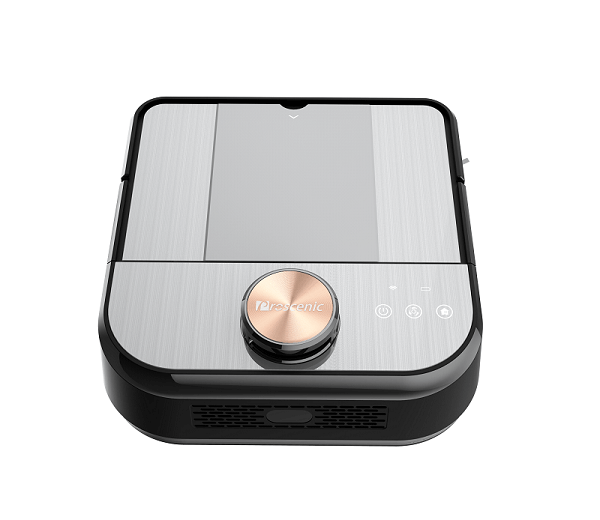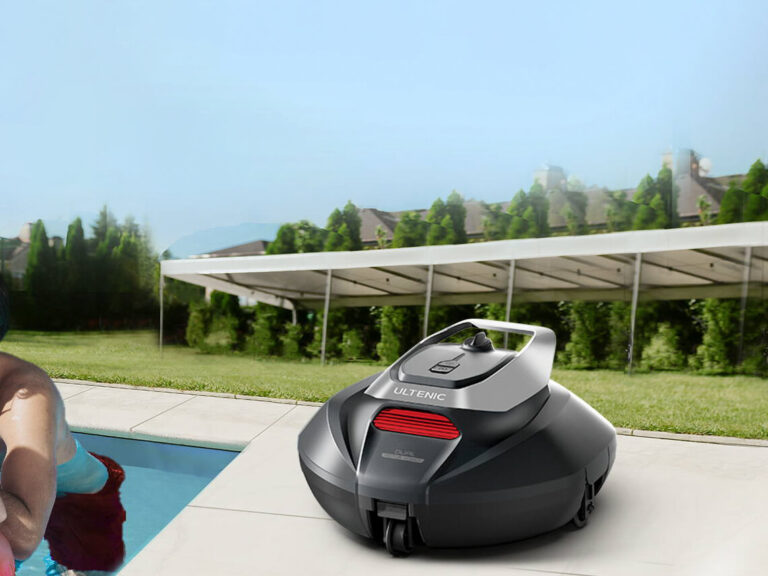Cleaning robots are intelligent machines designed specifically for floor cleaning, and most people have heard of them. As a result, many people wonder if cleaning robots are effective. In this article, we will discuss whether cleaning robots are practical and what you should consider before purchasing one.
Are cleaning robots effective? The effectiveness of cleaning robots mainly depends on their navigation type and suction power. There are four different types of navigation systems available on the market: infrared, visual, gyroscope, and LDS laser navigation. The difference in suction power among cleaning robots is not significant, with most models ranging between 1600Pa to 2000Pa. Purchasing a cleaning robot can save you the trouble of hand-cleaning your home, as you can command it to clean simply by tapping a button. With a cleaning robot, you no longer have to worry about dust and debris in your home.

What to Consider Before Purchasing a Cleaning Robot When purchasing a cleaning robot, it is important to consider the navigation type used. Understanding the different types of navigation can help you determine what type of cleaning robot you need. Below are the advantages and disadvantages of each navigation type:
Gyroscope Navigation Gyroscope navigation relies on inertial sensors such as gyroscopes and accelerometers to obtain information about position and speed. Its mapping ability is poor and accuracy is limited, with errors accumulating over time. It may not be suitable for large or complex floor environments.
Infrared Navigation Infrared navigation uses photodetection for positioning, using the excellent directionality and accuracy of infrared to locate objects in a two-dimensional space. Its mapping ability is good, but its accuracy is limited.
Visual Navigation Visual navigation utilizes sensors to perceive environmental information, which is typically used as a navigation technology for aircraft. It involves tasks such as image preprocessing, target extraction, target tracking, and data fusion.

LDS Laser Navigation
LDS laser navigation scans the interior of a home using a laser range sensor. When the laser is projected onto an obstacle, it creates a spot of light that the image sensor uses to calculate the distance from the center of the laser range sensor. With simultaneous localization and mapping (SLAM) algorithms, this technology achieves real-time localization, map construction, path planning, and continuous cleaning processes. It has high accuracy and can be used in various environments with the addition of infrared detection. Its mapping ability and accuracy are high, making it suitable for various indoor environments.

Thank you for the information regarding the Proscenic LDS-D550 cleaning robot and its laser navigation system. With its high suction power of 2000Pa and LDS laser navigation, it is an ideal option for those looking for a cleaning robot that can effectively clean corners and edges.



